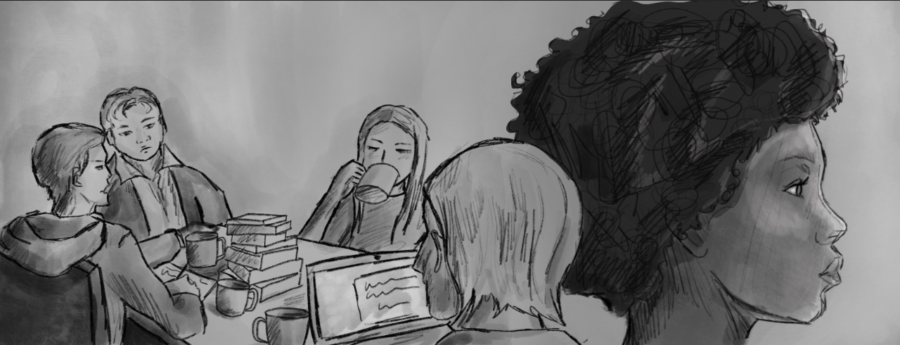English class is a chance to explore unknown worlds and step into the minds of characters with different experiences and backgrounds. Whether these stories are hilarious, uplifting or heartbreaking, they deserve to be thoughtfully contemplated. Though much of this content includes mature themes, the English department has consistently failed to adequately address one of them: sexual assault.
The department has rarely been able to properly approach sexual assault in literature, glossing over it in classes and almost never providing content warnings. In an assignment for English III: The American Living Odyssey, students had to write a fictional letter to a jury in defense of a child rapist.
In Toni Morrison’s book “The Bluest Eye,” Cholly Breedlove, a middle-aged Black man who dealt with physical assault, sexual assault and racism since childhood, rapes and impregnates his 11-year-old daughter, Pecola.
Students are forced to take the position of Cholly’s childhood friend, who fears that Cholly will face the death penalty. To complete the assignment, they had to explain to an imaginary jury why Cholly decided to rape Pecola, attempting to make the rape understandable and provide alternatives to his punishment.
The project forced students to defend Cholly’s actions, downplaying their impacts on Pecola. An introduction to the assignment describes Cholly as “a man who is subject to a host of pressures that are at times contradictory to and hurtful.” While it is crucial for students to discuss the complex circumstances Cholly faced to better understand his character and the book, the assignment was framed in a way that defends his actions rather than clearly confronting how morally reprehensible they are.
The English department likely had no intention of justifying Cholly’s actions as explained in the assignment, but sidestepping Cholly’s sexual violence by focusing entirely on his internal conflicts—forcing students to come up with ways to excuse the inexcusable—is not a responsible approach to the topic. English is about leaning into discomfort to understand humanity, but this assignment was a mandatory defense of actions that often go unpunished and unrecognized in the real world. The classroom needs to be a place to grapple with sexual violence in an honest and sensitive way. While it’s important to acknowledge his internal conflicts and how Morrison tries to find the origins of his crime, fully condemning his decisions should be common sense.
The English department’s failure to sensitively approach sexual violence extends beyond one assignment. In the novel “Salvage the Bones,” Esch Batiste, a 15-year-old black girl, is a victim of statutory rape.
Esch grew up as the only woman in her neighborhood, leading her to conflate sex with empowerment, even as a 12-year-old. When 19-year-old neighbor Manny rapes her, she is left physically and emotionally defenseless.
“Salvage the Bones” represents real issues for young black women in a male-dominated society, and it is essential to have conversations about them. But while acknowledging the characters’ age gap, teachers placed minimal focus on how Esch was not capable of understanding her relationship with Manny. Instead, classes only analyzed the scene from her flawed views of empowerment, ignoring the manipulation and grooming that impacted her mindset. Teachers need to be more cautious when presenting these issues to high school students instead of bounding discussions within the world of a pre-teen’s psyche.
An outline of the English Department’s plans for discussions and assignments that deal with sexual assault is absolutely necessary. Explorations of community, as well as circumstances of the victim and rapist, are a crucial part of teaching students to firmly condemn assault and understand how current cultural mindsets reinforce its presence in our world.
At the very least, students should have greater freedom in assignments regarding these topics. Instead of being forced to take a position that humanizes rapists, they should be allowed to align with the victims and propose punishment for the rapists.
The department doesn’t need to ignore or shy away from a central issue in these novels. In fact, it should do the opposite—sexual violence needs to be thoroughly addressed in class. Leaving out these discussions generates ambiguity and ignores the physical and psychological harm this violence leaves behind.
This story was originally published on The Harvard-Westlake Chronicle on December 1, 2022.


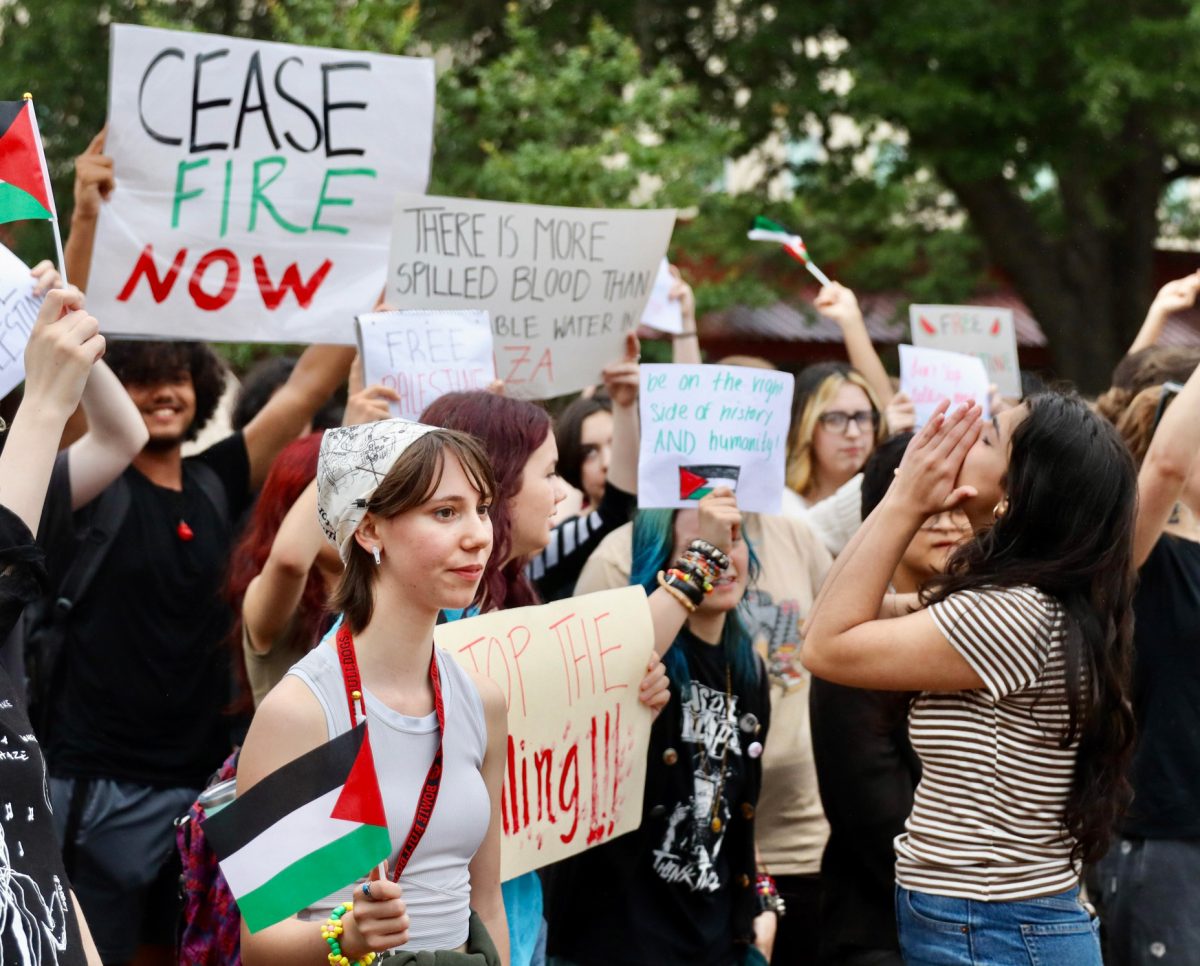
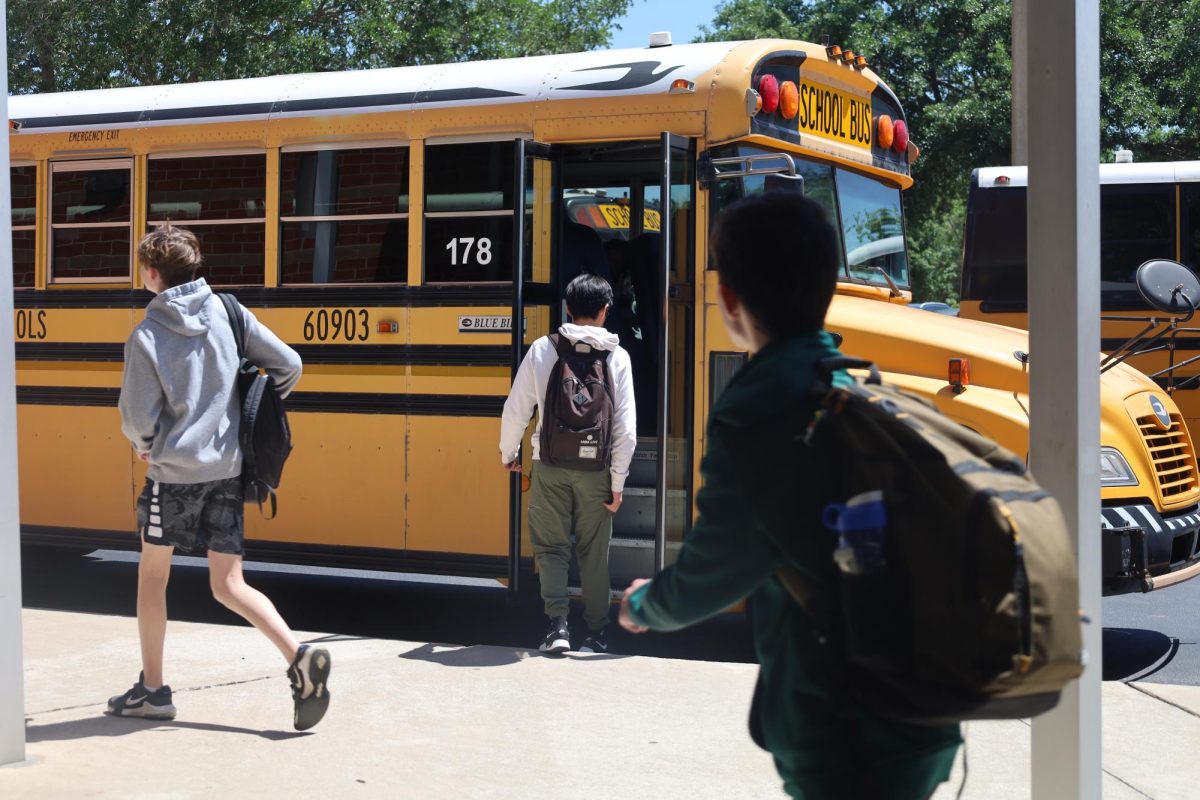



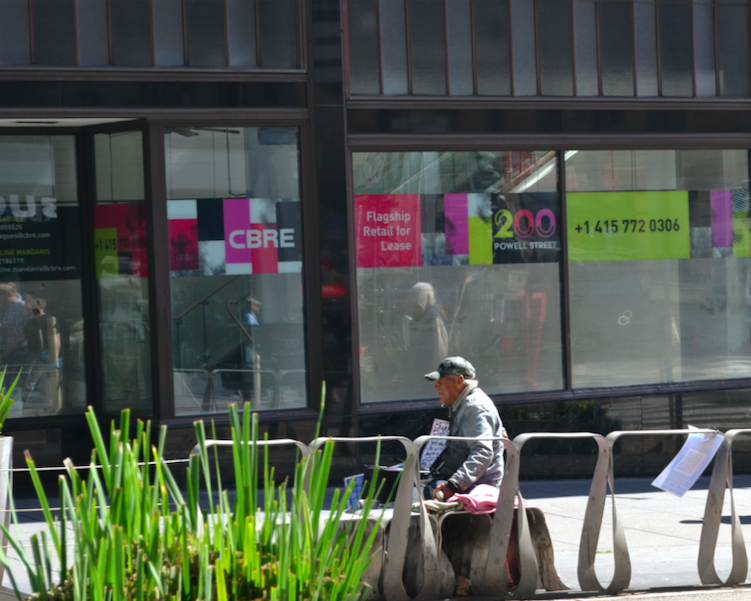


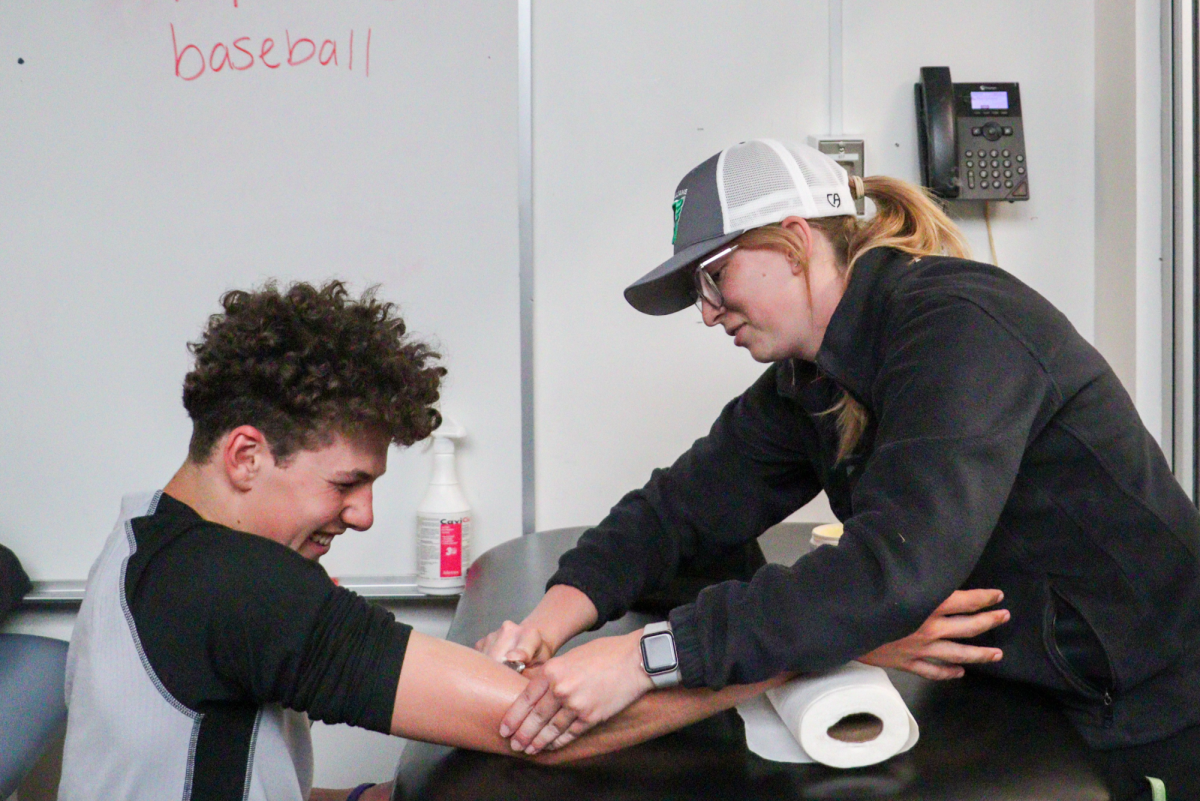











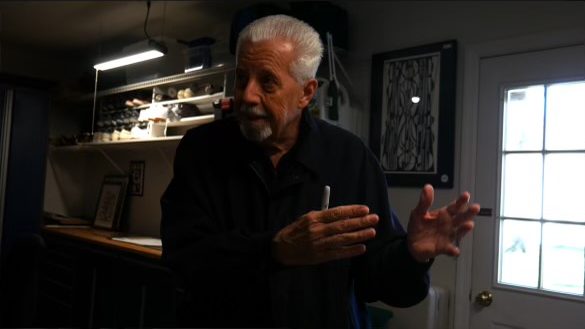
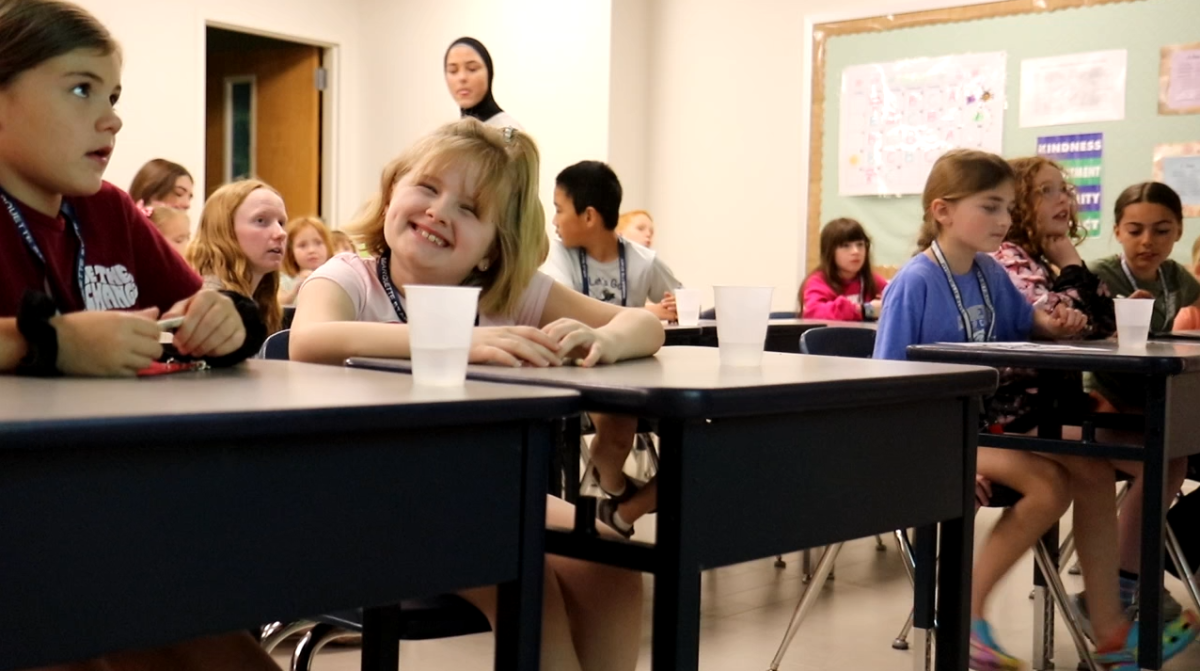








![IN THE SPOTLIGHT: Junior Zalie Mann performs “I Love to Cry at Weddings,” an ensemble piece from the fall musical Sweet Charity, to prospective students during the Fine Arts Showcase on Wednesday, Nov. 8. The showcase is a compilation of performances and demonstrations from each fine arts strand offered at McCallum. This show is put on so that prospective students can see if they are interested in joining an academy or major.
Sweet Charity originally ran the weekends of Sept. 28 and Oct. 8, but made a comeback for the Fine Arts Showcase.
“[Being at the front in the spotlight] is my favorite part of the whole dance, so I was super happy to be on stage performing and smiling at the audience,” Mann said.
Mann performed in both the musical theatre performance and dance excerpt “Ethereal,” a contemporary piece choreographed by the new dance director Terrance Carson, in the showcase. With also being a dance ambassador, Mann got to talk about what MAC dance is, her experience and answer any questions the aspiring arts majors and their parents may have.
Caption by Maya Tackett.](https://bestofsno.com/wp-content/uploads/2024/02/53321803427_47cd17fe70_o-1-1200x800.jpg)
![SPREADING THE JOY: Sophomore Chim Becker poses with sophomores Cozbi Sims and Lou Davidson while manning a table at the Hispanic Heritage treat day during lunch of Sept 28. Becker is a part of the students of color alliance, who put together the activity to raise money for their club.
“It [the stand] was really fun because McCallum has a lot of latino kids,” Becker said. “And I think it was nice that I could share the stuff that I usually just have at home with people who have never tried it before.”
Becker recognizes the importance of celebrating Hispanic heritage at Mac.
“I think its important to celebrate,” Becker said. “Because our culture is awesome and super cool, and everybody should be able to learn about other cultures of the world.”
Caption by JoJo Barnard.](https://bestofsno.com/wp-content/uploads/2024/01/53221601352_4127a81c41_o-1200x675.jpg)


